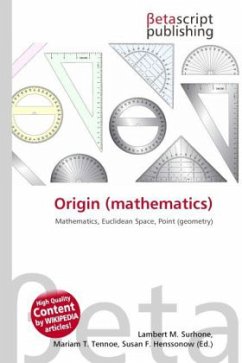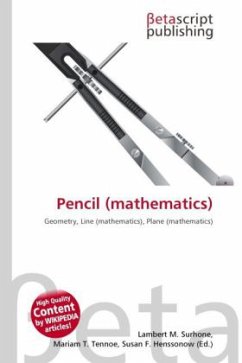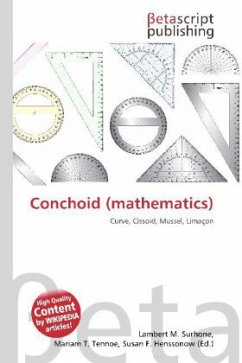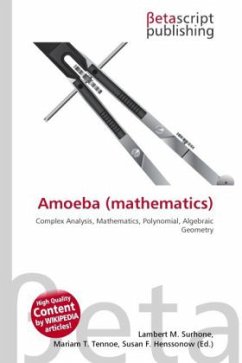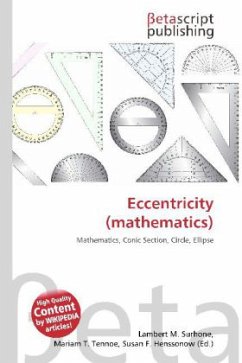High Quality Content by WIKIPEDIA articles!In geometry, a figure is chiral (and said to have chirality) if it is not identical to its mirror image, or more particularly if it cannot be mapped to its mirror image by rotations and translations alone. A chiral object and its mirror image are said to be enantiomorphs. The word chirality is derived from the Greek (cheir), the hand, the most familiar chiral object; the word enantiomorph stems from the Greek (enantios) 'opposite' and (morphe) 'form'. A non-chiral figure is called achiral or amphichiral. The helix (and by extension a spun string, a screw, a propeller, etc.) and Möbius strip are chiral two-dimensional objects in three-dimensional ambient space. The J, L, S and Z-shaped tetrominoes of the popular video game Tetris also exhibit chirality, but only in a two-dimensional space.
Bitte wählen Sie Ihr Anliegen aus.
Rechnungen
Retourenschein anfordern
Bestellstatus
Storno



